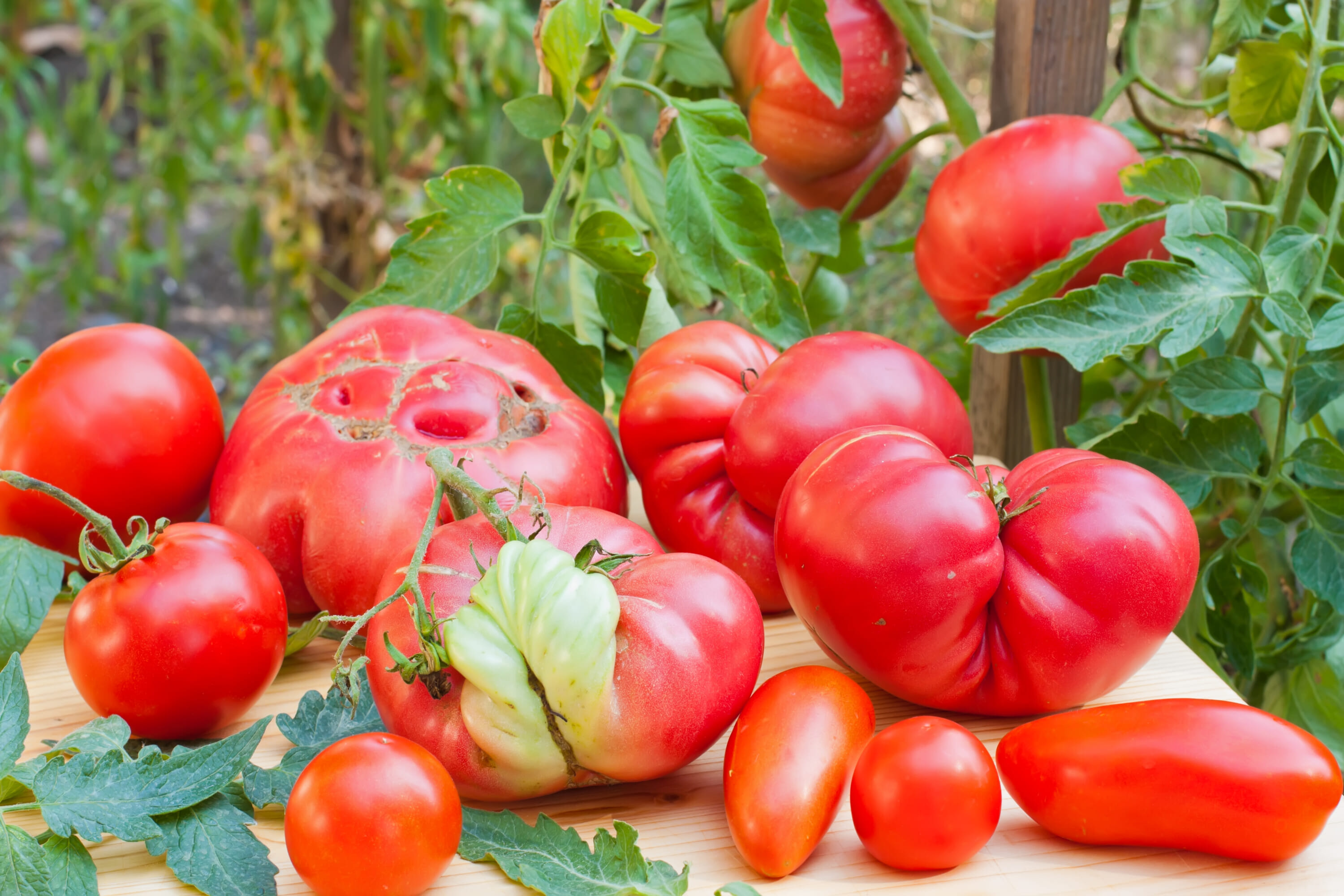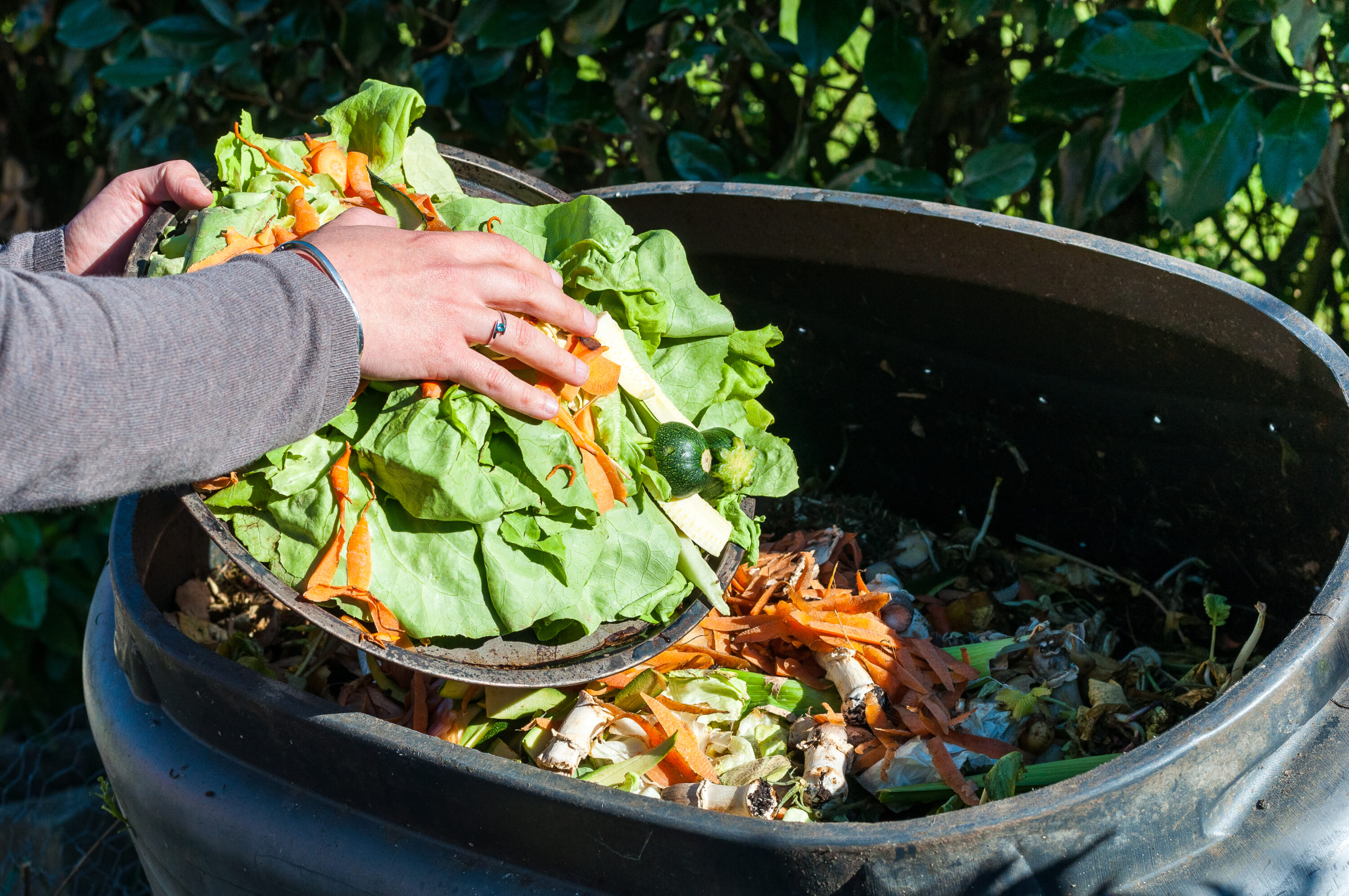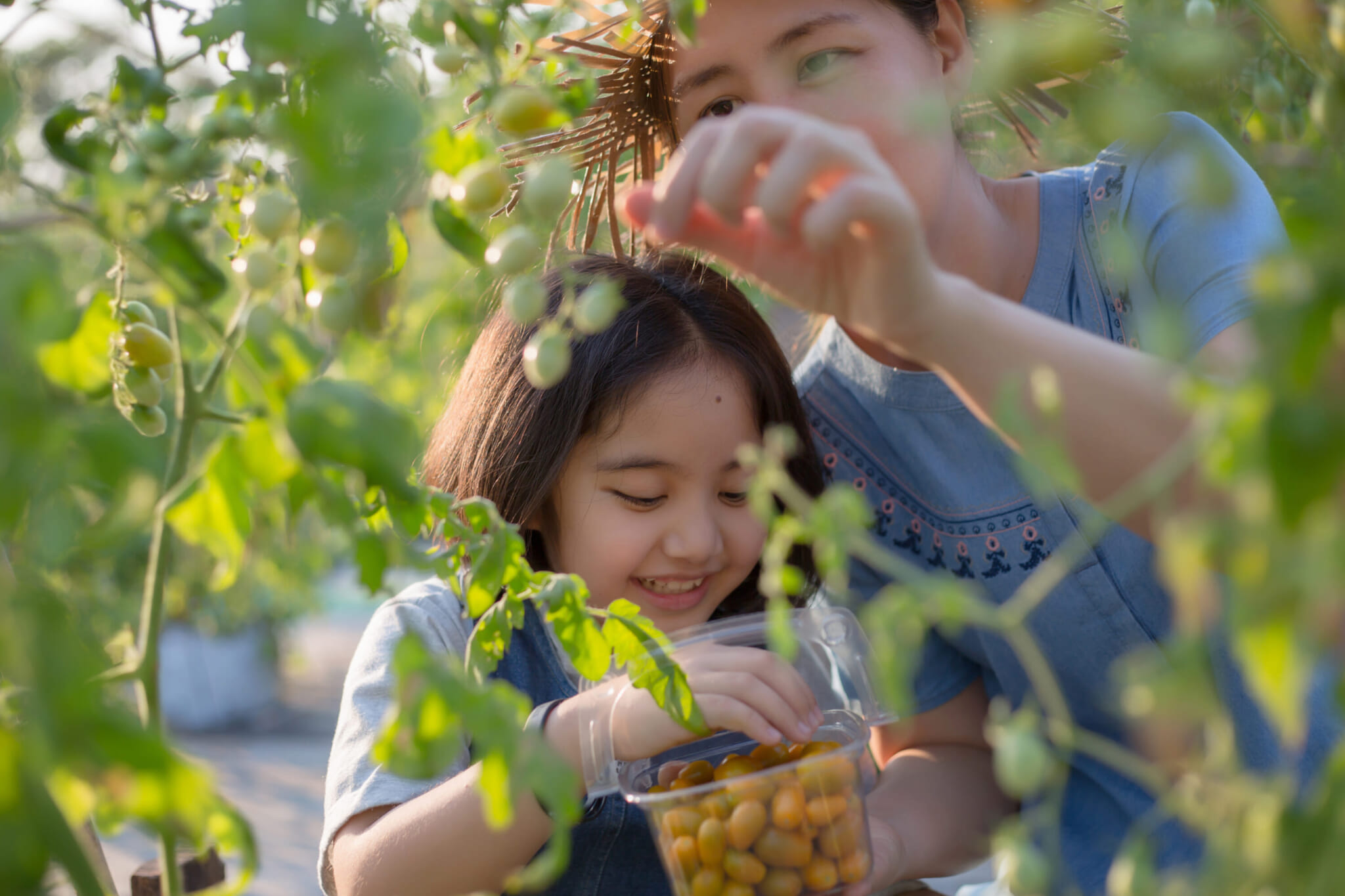From omakase courses to kaiseki meals, Japan is known for its commitment to world-class dining. There are 414 Michelin-star restaurants across the country, second only to France’s 625. There is a similar predilection for fresh produce: epitomized by products such as the Yubari Melon, and White Jewel Strawberries, the most expensive fruit in the world is grown in Japan.
However, this quest for the best naturally comes at a price. In 2022, there was a reported 6.12 million tonnes of food waste in Japan, making the country one of the leading contributors to food wastage across the globe. It begs the question: why is food waste such a big problem in Japan, and what, if anything, is being done about it?

Upholding High Standards
Consumers and manufacturers alike contribute to Japan’s food wastage issue. In the case of consumers, Japanese shoppers are known to prefer high quality produce, wielding an especially discerning eye with regard to both the appearance of food, as well as its freshness, with the nation’s experience in World War II often identified as the reason for the heightened concern for health and safety when it comes to food.
These high standards are also enshrined by Japan’s stringent Food Sanitation Laws: the number of synthetic or chemical additives approved by the Japanese government is fewer than any other in the world, thus contributing to the severity of the nation’s import laws.
Food distributors also follow what is referred to as the “one third” rule. For example, if a food product with a six month expiration period is not delivered to its distributors within two months, the manufacturers are required to issue its disposal. This industry standard has a huge impact on the amount of food “lost” in Japan: food wasted before it even reaches the shelves. As a point of comparison, this standard is set at “one half” in America, and “two thirds” by the majority of European manufacturers, evidencing the high standards set by Japanese manufacturers, as well as expected by consumers.

A Force for Change
According to The Act on Promotion of Food Loss and Waste Reduction, the Japanese government is aiming to reduce food waste by 50% by 2030, and there are several services doing their bit to help by providing refuge for the discarded fruit, as well other food products.
Website Furifuru, for example, delivers fruit that has been deemed ‘substandard’ for the regular market, directly from manufacturers to consumers. But what’s more – it’s free. If you reside in Japan you can sign up to enter the lotteries for kilos of complimentary non-standard produce.
Kuradashi has a similar mission, looking to reduce food loss by shipping items that, despite being fine for consumption, might be discarded by supermarkets and grocers due to imperfections or packaging misprints.
There are also apps like Tabete that match users with shops and restaurants nearby that have delicious food still safe to eat, but that can no longer be sold in stores.
Bigger-name corporations are also helping. Convenience store 7-Eleven uses misshapen fruit and vegetables for its smoothie cups, and will now sell shorter-expiration-date cup noodles, against the “one third” rule grain.
Lawson has also announced its aim to reduce food loss by 25% by 2025, and up to 50% by 2030, compared to its 2018 levels. In order to do so, the company is looking to tackle the problem from beginning to end, starting with the prevention of surplus food generation in the production process, to the use of irregular vegetables for raw ingredients in salads, and the conversion of unsold food into feed and fertilizer.

Hope for the Future
According to government data, 80% of the Japanese population is now aware of the country’s food waste goals and problems, with 76.7% of participants taking action to reduce these numbers. With this in mind, the Japanese government has stated its confidence in being able to achieve its food loss sustainability goals.
But what can you do to help? Consumers are encouraged to think twice before haphazardly ditching a knobbly carrot, and to understand the difference between a “best before” and an “expiry date.” By using services like Furifuru and Kuradashi, shoppers are also able to sample some of Japan’s best and freshest produce, all while helping to reduce the amount of food wasted across the country.
Related Posts
- Why is Japanese Fruit So Expensive?
- 8 Recipes to Create a Culinary Tour of Japan at Home
- Sustainability in Japan: Tully’s Coffee, Orion Beer and Bulgari’s SDG Efforts
Updated On February 15, 2024








